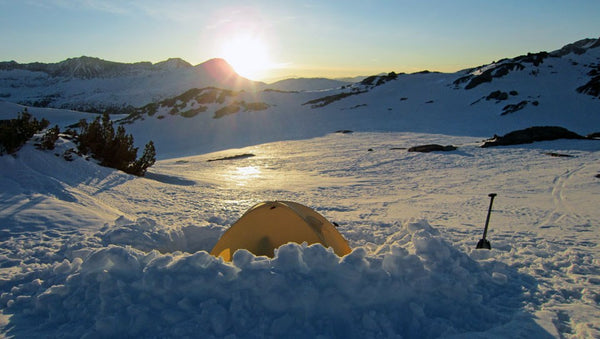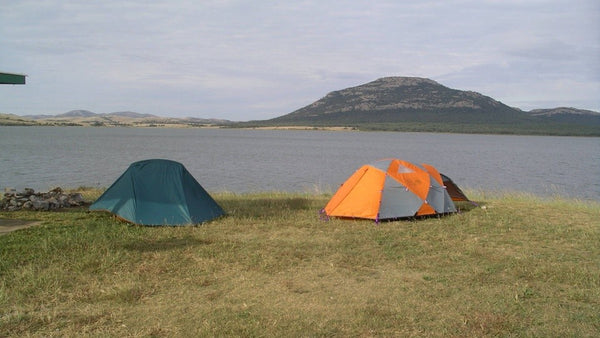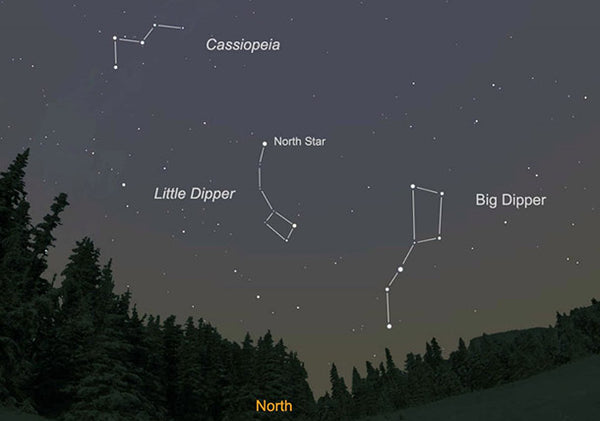Building a Safe Campfire
A campfire is not always necessary or useful when camping. Before deciding to build a campfire, know the current fire restrictions, predicted weather and how to build a campfire safely.
Prepare Your Site - Find a level spot away from overhanging branches, brush, or dry grass. Keep away from the base of a hill. Escaped fires travel uphill fast. With a shovel, clear a circle 10 feet wide down to bare dirt. Hollow out a fire pit 6 inches deep and 2 feet across at the center of the cleared circle. Pile the dirt around the fire pit. Keep your fire small. Use existing fire rings where available to reduce the number of disturbed areas and damage to soil cover and vegetation.
Beware of the Duff - Duff is the layer of decomposing wood material that lies on the forest floor between pine needles and bare dirt. Many times it may look like dirt, but it isn't. Duff burns, dirt doesn't. It allows even the smallest ember to smolder for days, most times underground and unnoticed, until enough heat is built up to produce flames. Don't let the duff fool you.
Attend to Your Fire - Never leave your campfire unattended, even for a few minutes or if you take a nap.
Keep your Fire Small - Weenies, marshmellows and ghost stories all go better with a small managable fire. Large, 3 foot or higher bonfires are not appropriate, practible or smart in the forest.
Drown the Fire - Drown your campfire 1/2 hour before you break camp and before you go to bed each night. Never allow your campfire to burn down on its own. Use your shovel to separate the burning pieces of wood in the fire pit and make sure they are soaked with water.
Stir and Mix - Stir and mix water with the ashes until the fire is out. Don't try to bury the fire under dirt, it can smolder for hours and then escape.
Drown Briquettes - Charcoal briquettes should be extinguished by dumping into a pail of water, mixing thoroughly, and then place into the fire pit.
Feel the Ashes - Feel the ashes to be sure the fire is out. Before you leave the campsite, check the area within 50 feet of the fire for sparks or embers that may have escaped.
It Can Cost You - You will be held liable for the cost of suppression and damages caused by any wildfire that starts through negligence on your part.
Come Prepared - Obtain your campfire permit, bring your shovel, and a pail for water. In areas where there is not a source for water, you must carry in extra water if you plan to have a campfire.
Be careful out there.
Leave a comment
Comments will be approved before showing up.
Also in News & Skills




Richard White II
Author